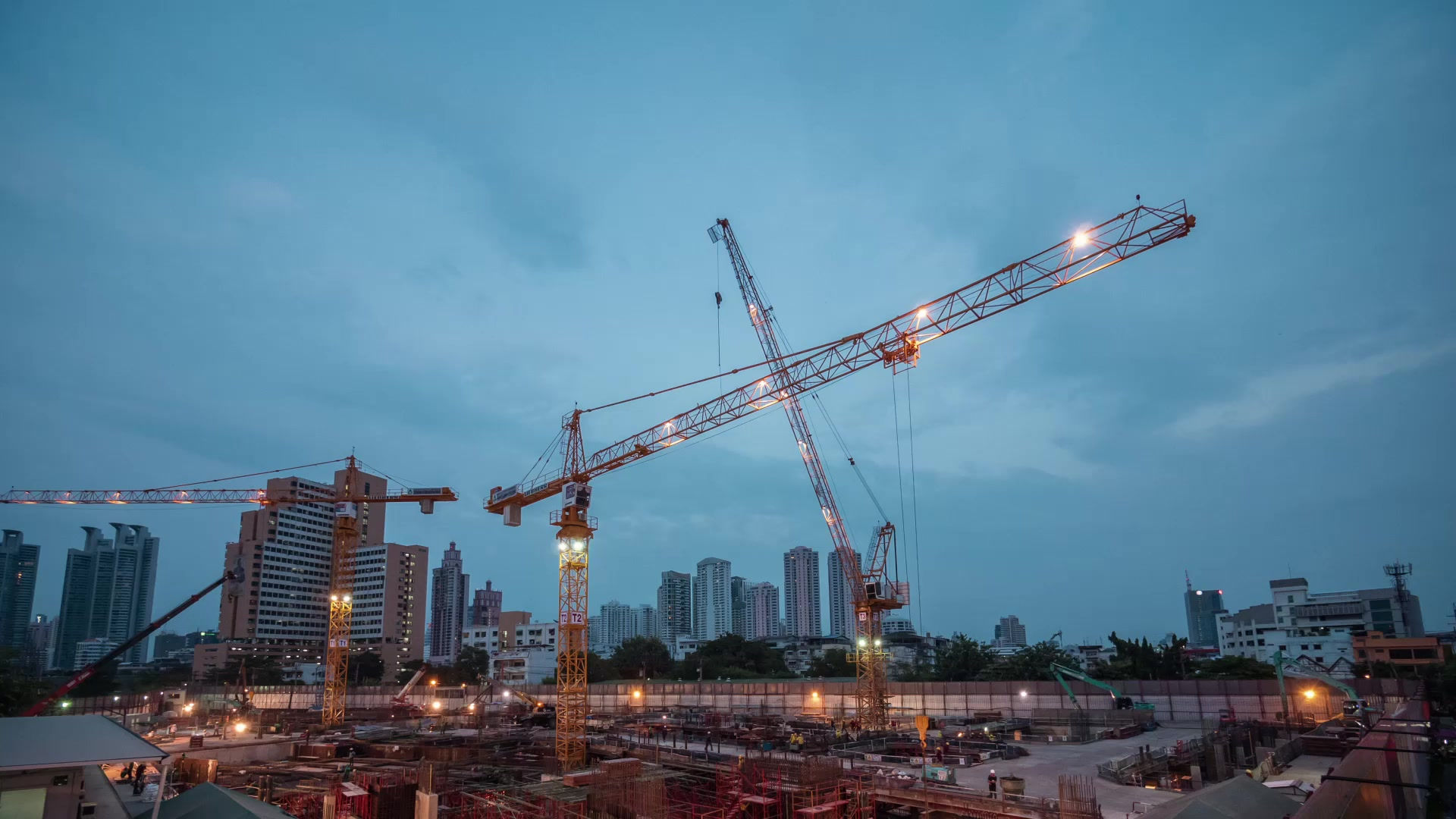

In the world of welding, quality is more than just a buzzword, it’s the foundation of safety, strength, and longevity. At Taylor Studwelding, we know that a good weld isn't just about joining two materials together; it's about doing so in a way that guarantees performance under pressure, consistency over time, and reliability in every application. But what exactly defines a good weld?
The Key Characteristics of a Good Weld
1. Strong Bond with Full Penetration
A quality weld must achieve full penetration, meaning the weld metal fully fuses with the base materials. This ensures maximum strength and durability. Incomplete fusion or penetration can lead to weak points and potential failure under stress.
2. Uniform Appearance
While aesthetics may not affect structural integrity directly, a uniform, clean weld is often a sign of proper technique and control. Good stud welding results have consistent weld material around the base of the stud, preferably with a uniform appearance around the base, minimal spatter, and no signs of undercutting or excessive material around the weld area.
3. No Defects or Discontinuities
Common welding defects such as cracks, porosity, and lack of fusion compromise the weld’s performance. A good weld should be free of these issues, as they can weaken the structure and lead to premature failure.
4. Appropriate Length After Weld (LAW)
Over-welding wastes material and can introduce unnecessary stress, this results in a short LAW, while under-welding may not provide enough strength, and results in a long LAW. A good weld is the right size for the job - particular attention should be paid to LAW’s that are too long, as studs that finish too long lack penetration into the parent material and are much more likely to fail.
5. Correct Weld Placement
Precision in weld placement ensures that stress is distributed evenly across the joint. Misaligned or misplaced welds can create stress concentrations, which may reduce the lifespan of the weld or the entire component. Inappropriate placement may also lead to issues with fitting mating components to the workpiece, so using extra tooling to assist with positioning and accuracy is recommended to prevent this.
The Importance of Weld Quality in Stud Welding
Stud welding is unique in that it allows for strong, single-sided fastening of components, often without the need for additional materials or finishes. However, as with any welding technique, quality is critical.
In stud welding, a good weld ensures:
Secure attachment with minimal distortion.
Electrical continuity, especially in grounding applications.
High strength for mechanical loads.
Resistance to corrosion and fatigue over time.
At Taylor Studwelding, our equipment is designed to deliver consistent, high-quality stud welds across a variety of materials and applications. From automotive and construction to shipbuilding and electrical installation, our systems help ensure every weld meets the highest standards.
How to Ensure High-Quality Welds
Achieving and maintaining weld quality requires a combination of skilled operators, high-quality equipment, and rigorous testing. Here’s how we help our customers ensure great results:
Advanced stud welding technology with built-in quality controls.
Training and technical support to develop operator expertise.
On-site and remote diagnostic services to ensure equipment runs optimally.
Custom stud welding solutions tailored to specific industry and project needs.
Final Thoughts
Whether you're welding structural supports, electrical components, or load-bearing studs, weld quality matters. It’s the difference between a product that lasts and one that fails. At Taylor Studwelding, we’re committed to helping our customers understand what makes a good weld and providing the tools and expertise to achieve it, every time.
Looking to improve your weld quality or find the right stud welding system for your application? Contact our team today for expert advice.








